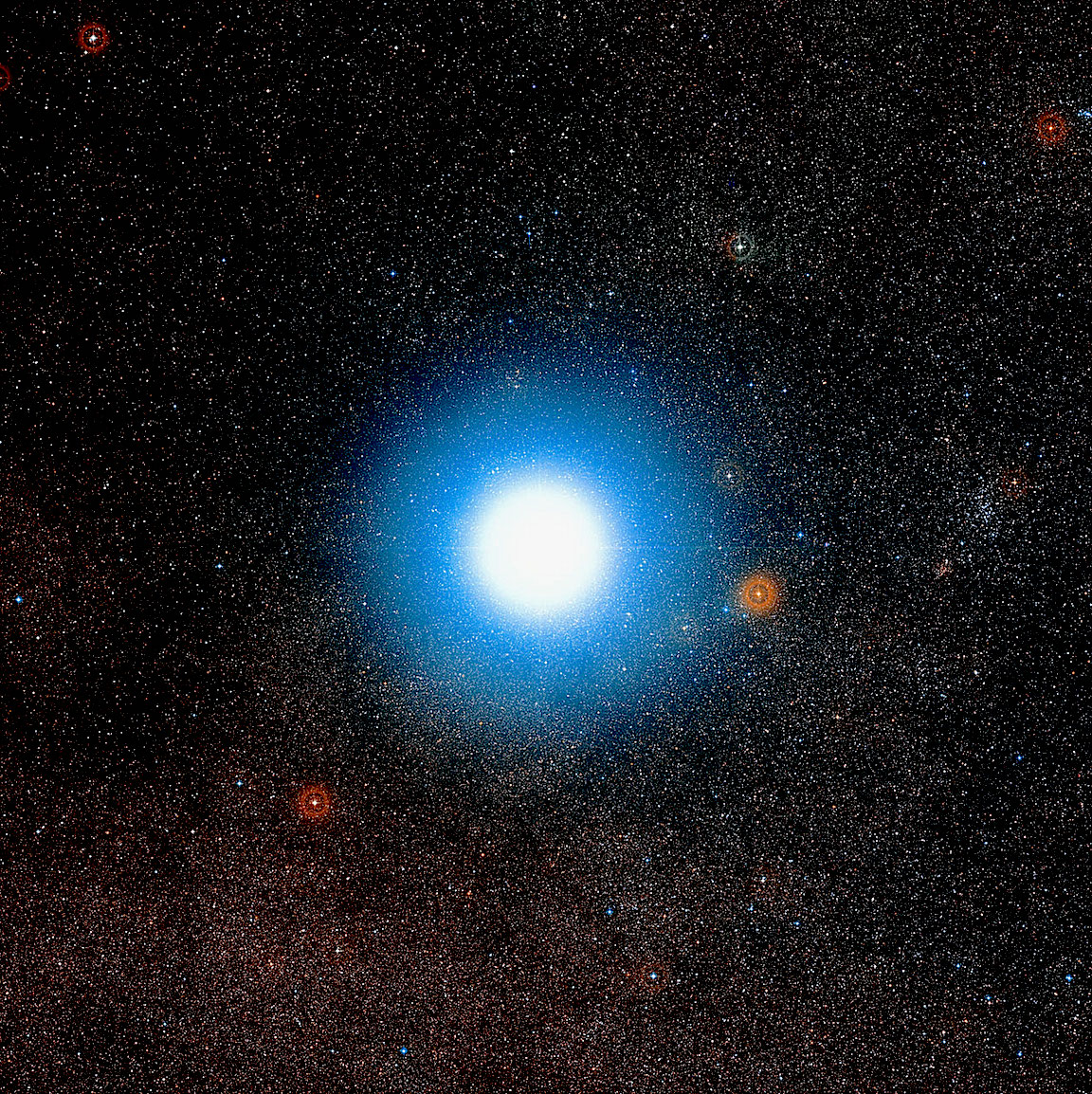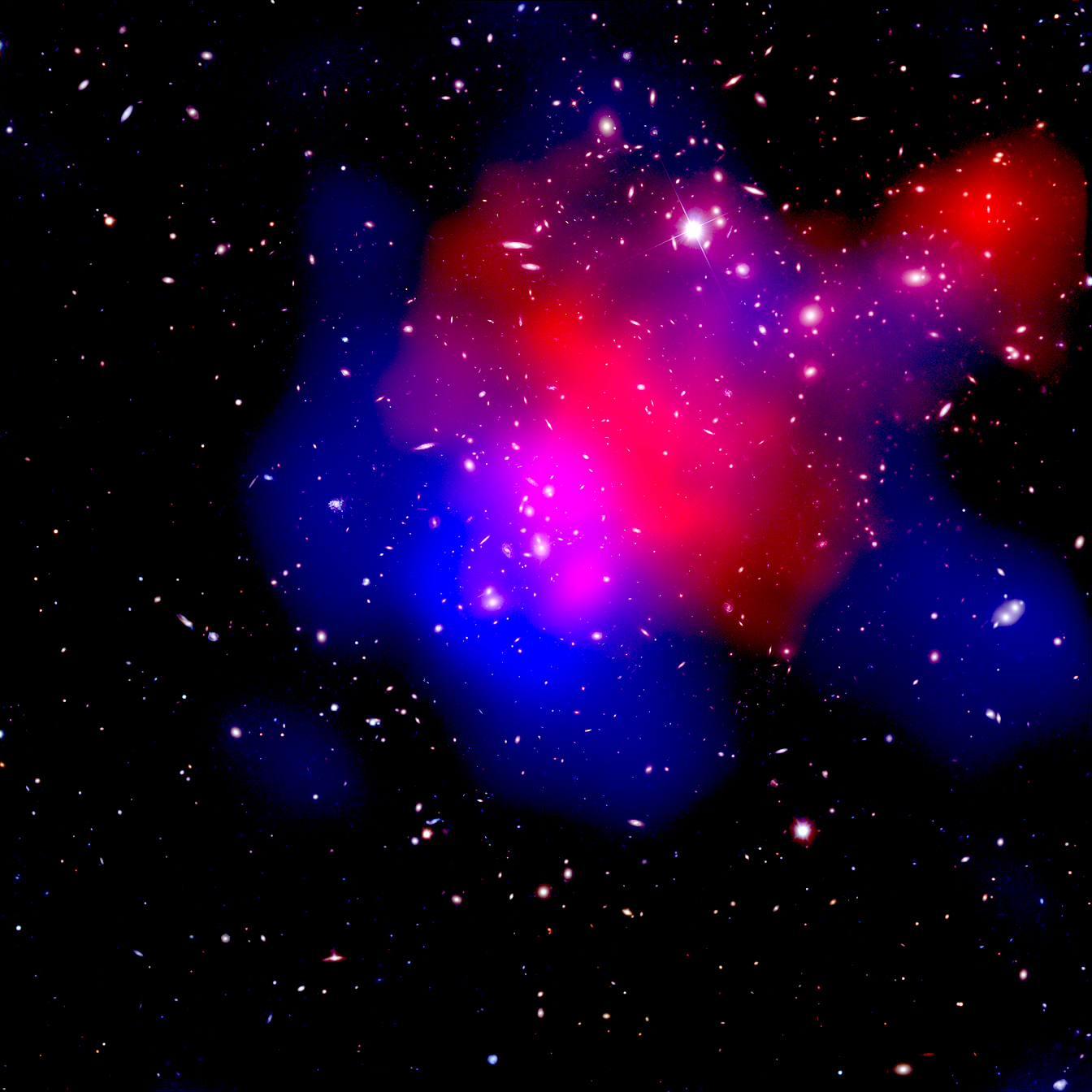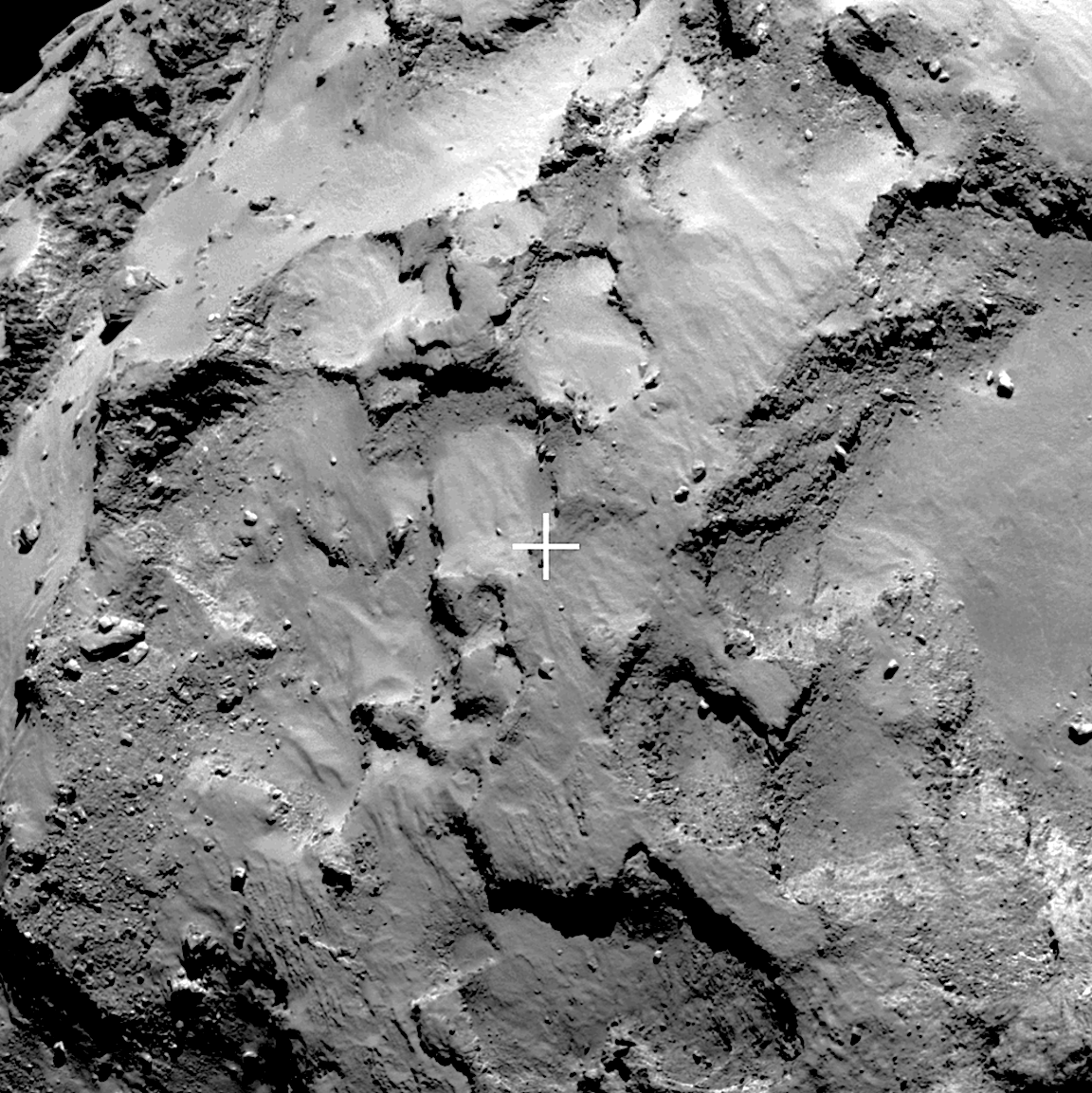Year: 2014
Impossible “Neutron Star” Shatters Theory | Space News

What is a neutron star? Astronomers tell us that these tiny yet massively dense objects form by gravitational collapse from the remnants of a massive star that has exploded. The theoretical neutron star was invented to try to explain highly intense bursts of energy from tiny regions of space. However,…
Not So Far
Let us See…(Comet 67P)
The Heart of the Matter
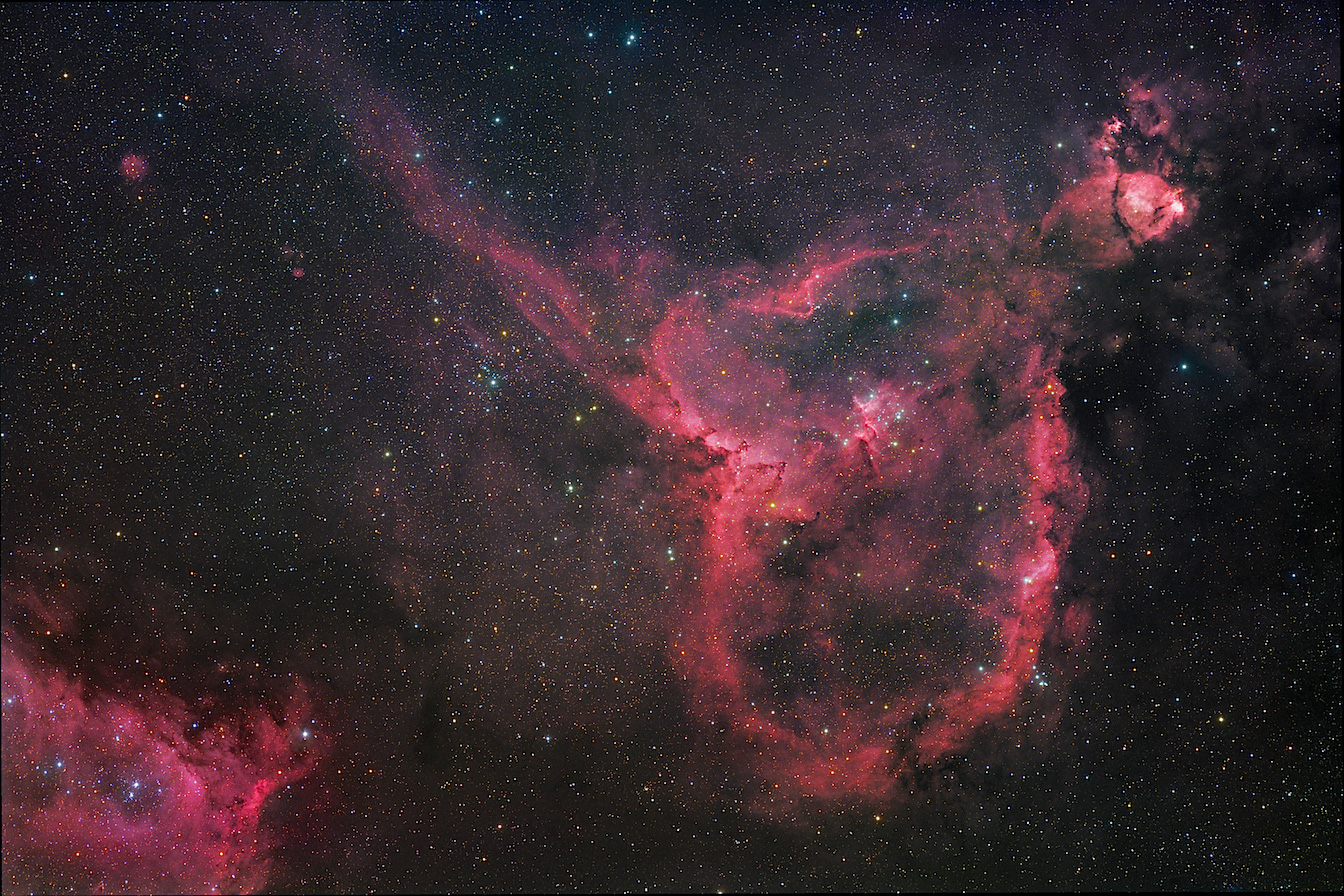
Oct 22, 2014 Nebulae exhibit electrical characteristics. Previous Picture of the Day articles contend for an electrical interpretation of astrophysical observations. Every science journal describes nebulae like IC 1805 in terms of gases and “blowing” dust, along with “winds” created by “shock waves” from exploding stars. In many cases…
Polar Mesospheric Clouds
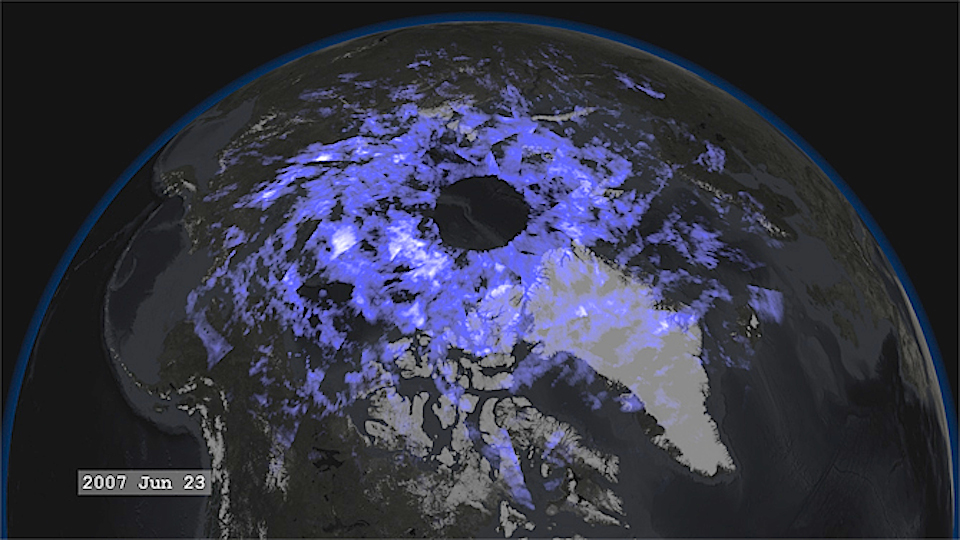
Oct 21, 2014 Could noctilucent clouds be part of Earth’s auroral phenomena? On April 25, 2007 NASA launched the Aeronomy of Ice in the Mesosphere (AIM) spacecraft on a multi-year mission to study the highest visible clouds, otherwise known as polar mesospheric clouds, or noctilucent clouds. Although AIM’s primary mission…
Will NASA Rewrite History?
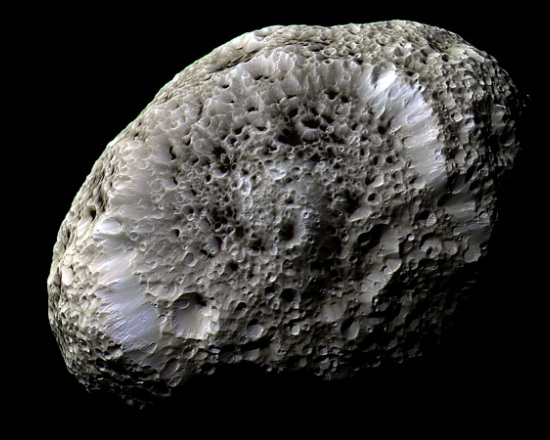
Will NASA Rewrite History? A new report from NASA’s Cassini Space Mission to Saturn may prove to be a landmark for the study of electrical phenomena in the space sciences. The article, entitled, Cassini Caught in Hyperion’s Particle Beam, describes the Cassini spacecraft being “bathed in a beam of electrons” during a…
Rocking Rock

Oct 20, 2014 Saturn’s moon Mimas exhibits a significant libration. In past Picture of the Day articles, several moons in the Solar System were analyzed in terms of their electrical connection with their parent bodies. In particular, the discovery that Jupiter’s moon Io and Saturn’s moon Enceladus are exchanging…
Super Flares
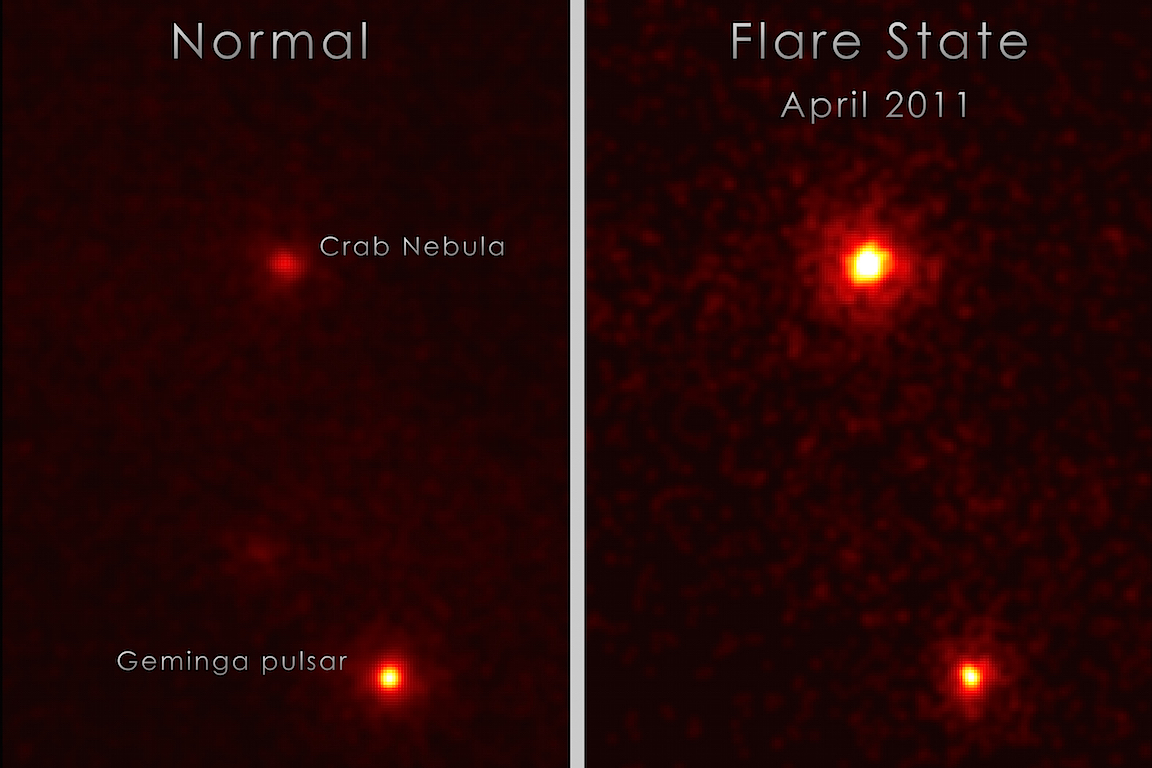
Oct 17, 2014 The Crab Nebula is surprisingly energetic. The Fermi Gamma-ray Space Telescope has detected several unidentified sources of intense gamma-ray emissions that are not seen in any other frequencies. NASA launched the telescope on June 11, 2008. Its primary mission is to detect high frequency electromagnetic waves…
Rosetta Could Change Science Forever | Space News
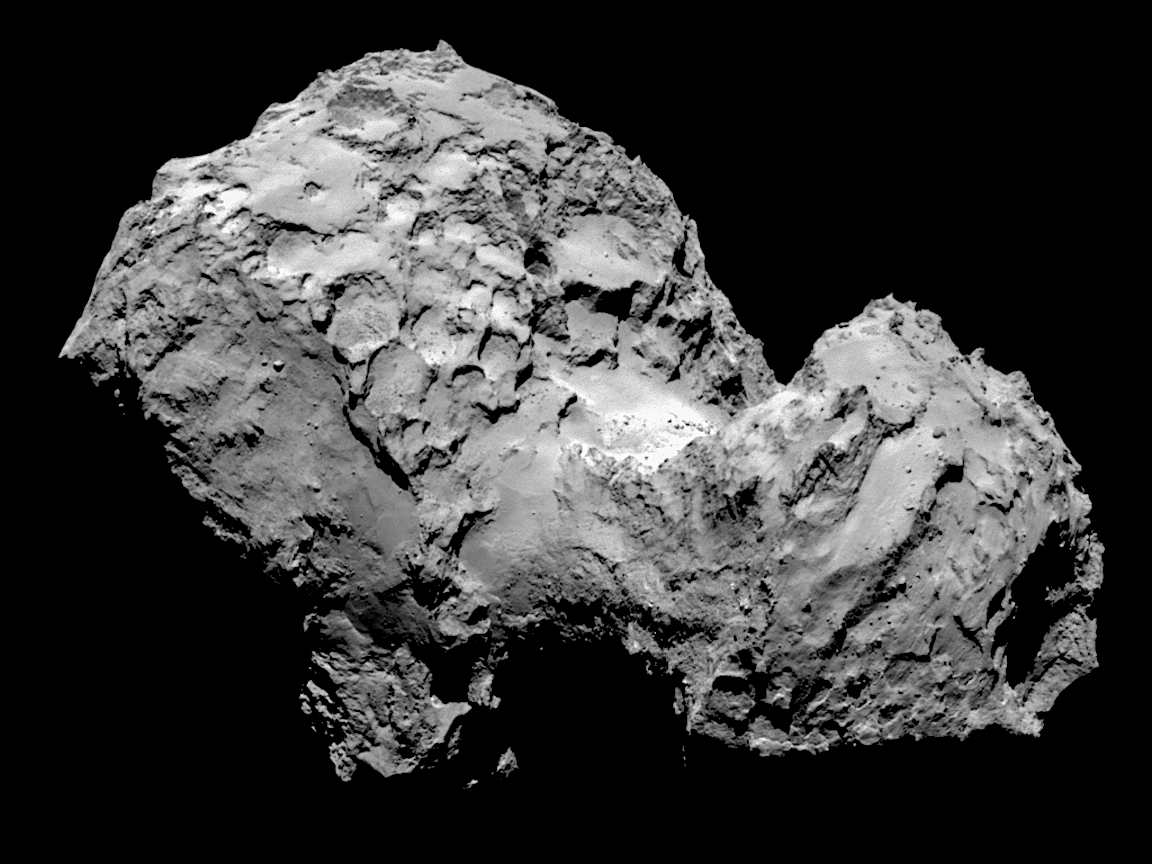
Human beings around the world may be witnessing one of the most significant dramas in the modern history of the space sciences. The ESA’s Rosetta mission to the comet 67P has shattered the theoretical predictions of standard comet science. For many decades, we were told that comets are dirty snowballs,…





